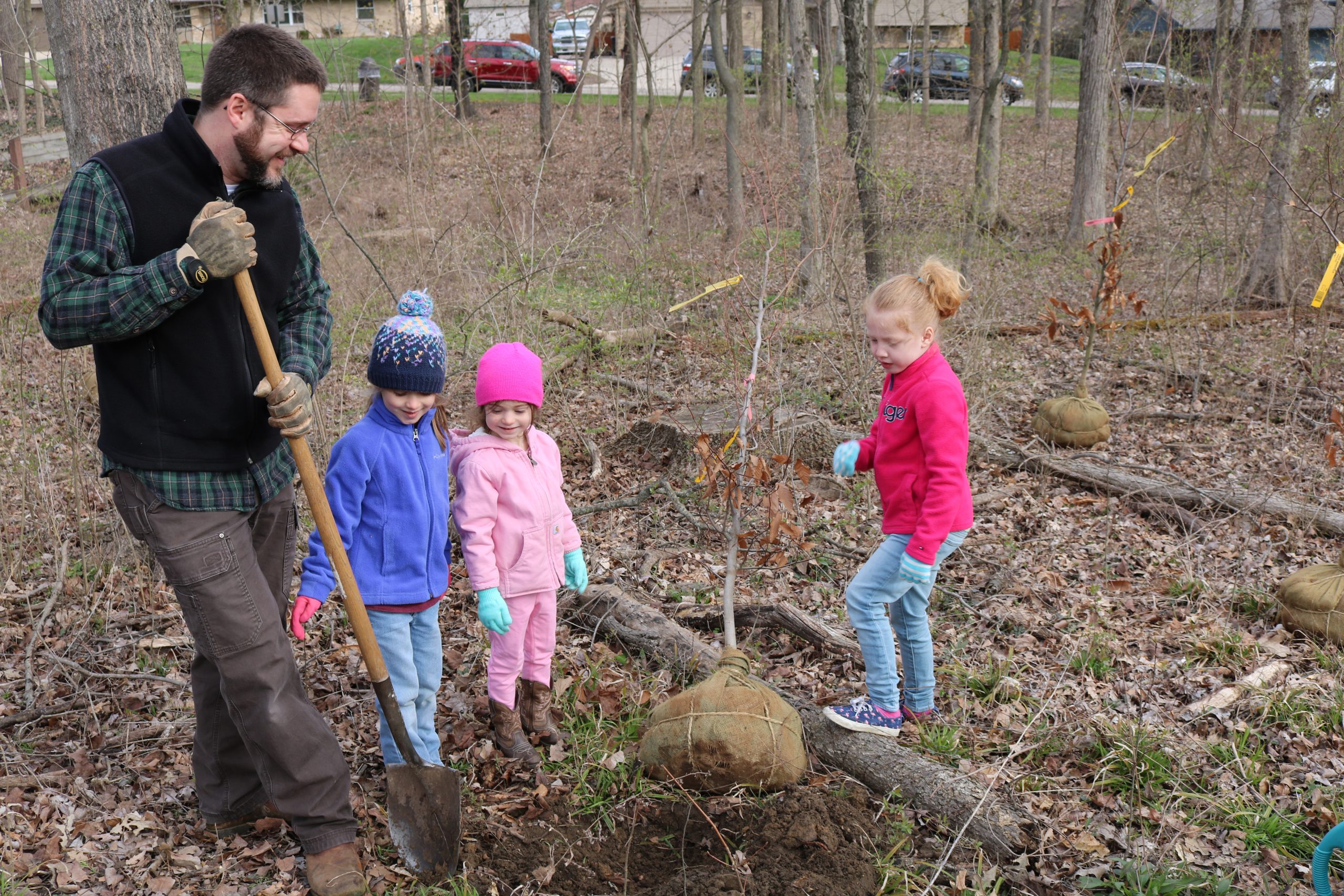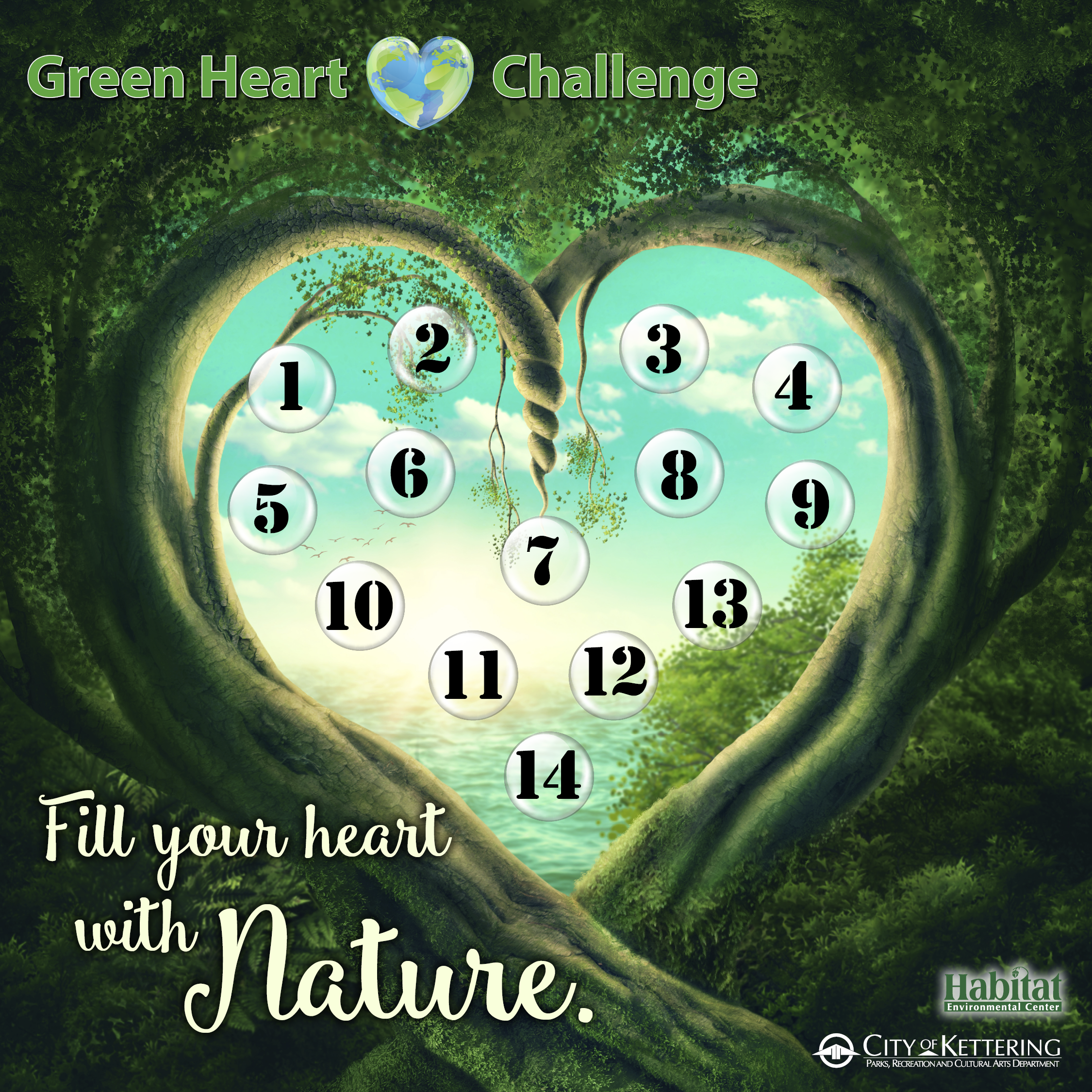 The Habitat Environmental Center is proud to give families the opportunity to experience nature together. We offer programs year round, so be sure to check out what we’re offering this season.
The Habitat Environmental Center is proud to give families the opportunity to experience nature together. We offer programs year round, so be sure to check out what we’re offering this season.
 Children (and grown-ups) should head outside EVERY day and breathe in some fresh air. Make it a part of your day to spend at least 15-20 minutes outdoors. Studies have shown that taking some time in nature can increase brain function as well as creativity. It also helps us sleep better, boosts the immune system, reduces stress levels and puts us in a happy mood. If all of that isn’t enough, research shows that, through outdoor exploration, children become inventive, imaginative and more in touch with their senses.
Children (and grown-ups) should head outside EVERY day and breathe in some fresh air. Make it a part of your day to spend at least 15-20 minutes outdoors. Studies have shown that taking some time in nature can increase brain function as well as creativity. It also helps us sleep better, boosts the immune system, reduces stress levels and puts us in a happy mood. If all of that isn’t enough, research shows that, through outdoor exploration, children become inventive, imaginative and more in touch with their senses.
Here are a few fun and educational activities to get you started. Feel free to modify these or come up with your own!
*When you visit a park, we strongly encourage you to practice social distancing as recommended by the CDC.
1. Take an Animal Home Hike: Search for animal homes in deciduous trees (the trees that drop their leaves). Nests and holes should be more visible now. Look for tracks in the mud.
2. Make Pine Cone Bird Feeders: Make a bird feeder from a found pinecone, cover it with peanut butter or shortening, and roll it in birdseed. Place the pinecone on a window ledge for observation or in the crook of a tree.
Blend one part peanut butter (or suet, if available) with five parts corn meal and pack the mixture into the crevices of a large pinecone. This Audubon-approved, all-season mixture will attract woodpeckers, chickadees, titmice, and warblers.
3. Journey to Pondview: Walk, bike or drive to Pondview Park (3036 Pondview Drive in Kettering). Find the trees with faces and take a selfie with your favorite one. Hint: These trees sit in a row near the meadow.
4. Be a Naturalist: Make a Nature Journal and take it outside on an adventure. Be sure to take a pencil to make sketches or to write down what you see.
5. Find a free “bird app” on your cellphone, iPad or computer (such as Ebird) and learn to identify birds (by sight and sound) that you have seen in your yard or park.
6. Log about a log: Find a log and visit it often. Record your findings with drawings and words, like a real naturalist would. Don’t forget to include visit dates so you can track the changes that you see.
7. Have a picnic. Dress for the weather and take your lunch or dinner to your favorite park to eat or just spread out a blanket in your yard. Be green!
8. Night Hike: Bundle up and head outside after dark. Pick a nocturnal animal and imagine what they might be doing at that moment. Describe what you hear, see, and smell to your hike buddy. (Just remember – our parks close at dusk. We recommend using your backyard for this one!)
9. Wildflower walk: You don’t have to walk far to see flowers such as crocuses and snowdrops poking up through the leaves left behind last fall. Write a description or sketch them in your nature journal.
10. Nature Poet: Write a poem about what you see, feel, hear, and smell after your next outdoor adventure. Send it to us, and we’ll publish our favorites on PlayKettering!
11. Research the upcoming full moons to discover the meaning behind their names. Head outside (with binoculars if you have them) to get a closer look.
12. Make a kite: Construct a kite from your own design or from the internet using materials around your house. Then…Go fly a kite!
13. ID a tree: Read up on trees common to our area and see how many you can identify based on bark, leaves and other characteristics.
14. Unless: Read The Lorax by Dr. Seuss, and you’ll know what we mean because we mean what we say. Find a way to help the earth!

